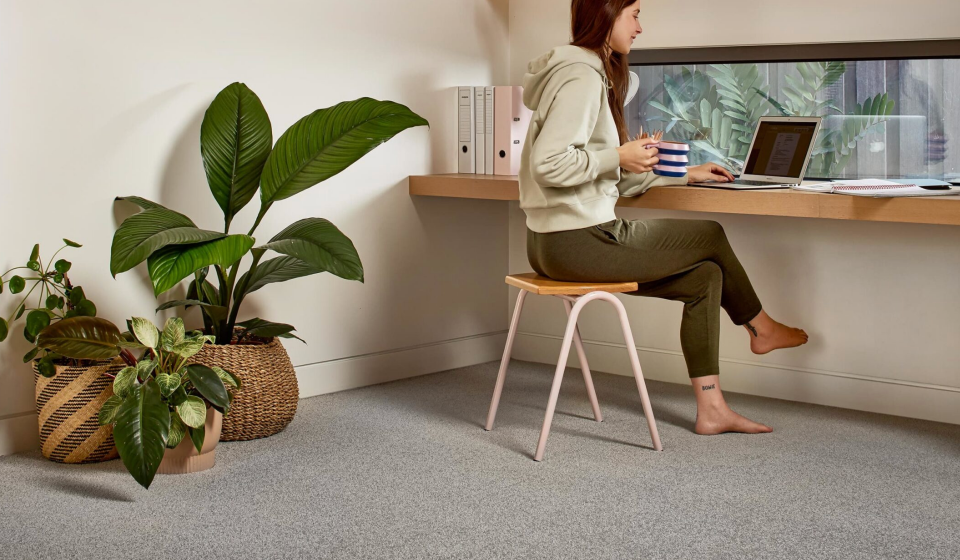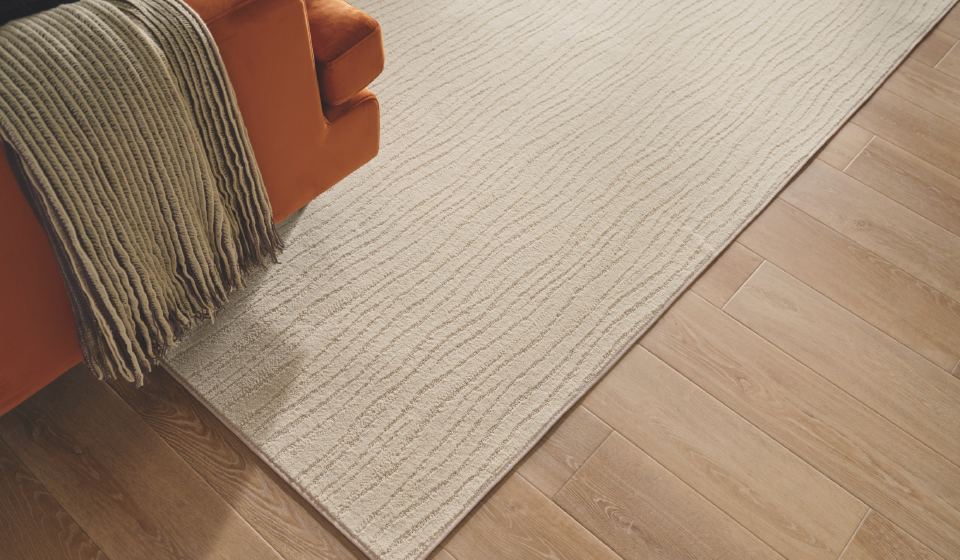Improve Your Home's Acoustics with the Right Flooring Choices
One aspect of the home design that is often overlooked is the impact of flooring materials on the acoustics of living space. With the growing popularity of open-concept living, home theaters, and home offices, ensuring a comfortable and serene environment has become increasingly important. In this blog post, we will dive into how different flooring materials can impact your home’s acoustics and provide expert advice from Caruso’s Floors on selecting noise-reducing options to create the perfect haven in which you can work, relax, and entertain.
Understanding Acoustics and Flooring
Before exploring various flooring materials and their effect on noise, it’s essential to understand how sound transmission works. Sound moves through the air as vibrations, and flooring materials can either absorb, reflect, or transmit these sound waves. Here are the key factors to consider when selecting flooring materials for optimal acoustics:
– Sound absorption: The ability of a material to absorb sound waves and reduce noise.
– Impact insulation: The material’s effectiveness in stopping sounds generated by footfalls or dropped objects.
– Airborne noise reduction: The capacity to prevent the transference of airborne noise, such as speech or music, from one room to another.
Carpet: The Ultimate Sound Absorber
Carpet is one of the most effective flooring materials for improving the acoustics of a room, offering superior sound absorption and insulation qualities.
Pros:
– Exceptional sound absorption properties that reduce airborne noise
– Provides effective impact insulation and minimizes footfall noise
– Offers insulation properties that help maintain a comfortable indoor temperature
– Enhances the overall coziness of a room
Cons:
– Susceptible to stains and allergens
– Requires more maintenance compared to other flooring materials

Hardwood: Beautiful but Not Completely Silent
Hardwood floors are known for their durability, elegance, and natural beauty, but they do have some acoustic limitations.
Pros:
– Aesthetically appealing and adds value to your home
– Can be paired with area rugs or underlayment to improve sound absorption
– Available in various species, finishes, and styles
Cons:
– Reflects sound, which can lead to echoes in the room
– Lacks natural sound absorption and impact insulation compared to carpet and other materials
Tips for Improving Acoustics with Hardwood Floors:
– Utilize area rugs or carpet runners to increase sound absorption and soften footfall noise
– Install acoustic underlayment beneath the hardwood flooring to reduce impact noise
Vinyl and LVT: Versatile and Quiet
Vinyl and Luxury Vinyl Tile (LVT) flooring options offer an excellent balance of style, durability, and acoustic performance.
Pros:
– Resilient and absorbs sound well, reducing impact noise in the room
– Wide range of designs, including wood and stone, for versatile aesthetics
– Easy to maintain, water-resistant, and budget-friendly
Cons:
– Depending on the product quality, may lack the same visual appeal as hardwood or tile

Laminate: Budget-Friendly and Near-Silent
Laminate flooring, a budget-friendly alternative to hardwood, combines style, durability, and exceptional sound reduction qualities.
Pros:
– Affordable and replicates the appearance of hardwood or other materials
– Easy to maintain and resistant to staining and fading
– Excellent sound absorption when paired with a quality underlayment
Cons:
– Lower resale value when compared to hardwood
– Not as resilient to moisture as other flooring options
Additional Techniques for Improved Acoustics
Beyond selecting the ideal flooring material, incorporating additional elements in your home can further enhance the acoustics and noise reduction capabilities.
– Install acoustic underlayment: Regardless of the flooring material, quality underlayment can significantly reduce impact noise and improve overall acoustics.
– Area rugs and carpets: Supplement your flooring materials with area rugs and carpets to minimize echoing and create a quieter space.
– Soft furnishings and décor: Utilize curtains, wall hangings, or upholstered furniture to absorb sound and create a comfortable, acoustically optimized environment.
Selecting the proper flooring to improve acoustics in your home is essential for creating a comfortable and tranquil living space. With a comprehensive understanding of sound transmission, various flooring materials, and additional noise-reducing techniques, you can make informed decisions and enhance the overall ambiance and enjoyment of your home.
At Caruso’s Floors, we offer an extensive range of top-quality flooring materials and expert guidance to help you find the perfect sound-absorbing flooring solution for your home. Whether you’re looking for wood, tile, or vinyl flooring in Spokane, our dedicated team is eager to assist you in transforming your living space into a comfortable, stylish, and acoustically optimized environment. Contact us today to schedule a consultation and take the first step toward a serene and harmonious home.
